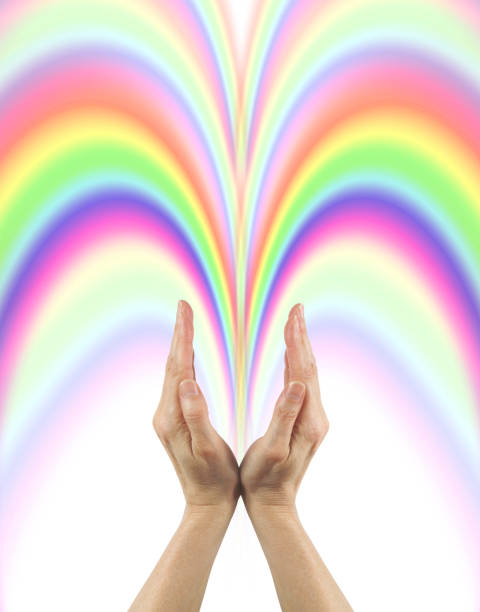Even though you might not consciously realize this, colors play a pivotal role in how we perceive the world.
It is important to mention that colors can affect your mental health, without you knowing. Hence, you might wonder why you make some decisions, or why some things appeal to you, and others don’t.
When it comes to the treatment of mental health with colors, it is known as color therapy. Color therapy or chromotherapy is the use of therapy that uses light and color to handle mental health and physical health conditions.

If someone is feeling demotivated and needs a boost of encouragement, the color Red can be used to signify hope and motivation. Also, the color Red can be instrumental in helping people ease their tension especially when they are faced with a challenge or problem.
The color Blue is another color that is crucial when treating mental health issues. Worthy of mention are those who struggle with sleep disorders. If you are experiencing insomnia or hypersomnia, blue light is effective in treating such disorders.
Chromatherapists use darker shades of blue to help people with sleep problems, because of its probable sedative properties. Additionally, blue is used to reduce depression symptoms and to help with pain relief.
According to Chromatherapists, Green is effective in helping people relieve stress. This is instrumental, especially for people who are experiencing chronic stress. With the use of this color, you can relax better and be more productive at work.
When it comes to mood improvement, the color yellow has been proven to be efficacious. If you are struggling with mood swings, Yellow is the go-to color that Chromatherapists use for their patients. You will feel happier, and more optimistic about life.
The color orange also has similar effects to yellow. It can be used to provoke happy emotions that are buried within people. It is also said to help people regain their appetite and spike their mental activity.
